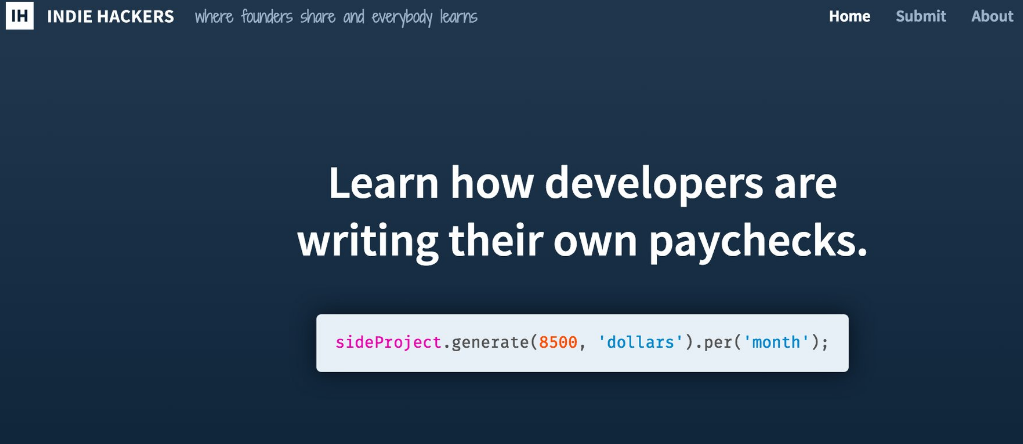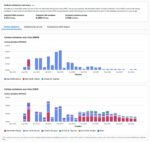
Developers and hackers that want to make their side projects profitable or well-known now have a new platform to try: Indie Hackers. It allows individuals to learn how other developers are “writing their own paychecks.”
Indie Hackers is a platform that is focused on community and openness, and was recently launched and created by recent MIT graduate and full-stack developer Courtland Allen. According to Allen, thousands of hackers run their own side-businesses, but no one ever hears about them because they are not mainstream or covered by large publications.
“Many hackers are eager to make money, but there are few examples to draw from,” Allen wrote. Indie Hackers provides a place where founders can share their projects and inspire other hackers to create their own ideas.
Projects on Indie Hackers are listed by revenue, funding, founders and categories. Some of the projects that are live on Indie Hackers includes a daily planning app named Complice, a scalable sentiment analysis API named Semantria, and a food delivery software company named Trackin, to name a few.
Developers interested in submitting their own business can send in this form.
New Amazon Web Services Application Load Balancer
Amazon Web Services launched a new Application Load Balancer option for Elastic Load Balancing (ELB), which has become a key component for several AWS applications.
The Application Load Balancer option runs at Layer 7, which makes it more powerful and allows for more support of advanced features. The original option is still available to developers, and it continues to offer both Layer 4 and Layer 7 functionality.
Available features in the Application Load Balancer includes support for content-based routing, and support for applications that run in containers. The Application Load Balancer also supports industry standard protocols like WebSocket and HTTP/2, according to an AWS blog.
Developers can get started creating a new Application Load Balancer of their own, and use it to benefit their websites and mobile apps that run in containers.
CoreOS delivers Tectonic v1.3
CoreOS’s release of Tectonic version 1.3 aims to allow enterprises to run containers with Kubernetes securely and reliably — anywhere.
New enterprise features in Kubernetes are available today in Tectonic v1.3, and it includes an authorization framework that allows for managing rights on a cluster. There is also enterprise authentication in this version of Tectonic, giving enterprises better LDAP support so they can leverage their existing authentication infrastructure.
Tectonic v1.3 includes the updated Tectonic Console, which gives teams a high level graphical view of the state of a cluster. It provides a visualization of Distributed Trusted Computing node status, and the ability for DevOps teams to scale cluster application deployments as well.
BDR 1.0 release notes
2ndQuadrant, a group of PostgreSQL support and development analysts, released Postgres-BDR 1.0, based on PostgreSQL 9.4.9 today.
This release contains improvements to DDL replication locking, global sequences, documentation, and performance. It also removes the deprecated UDR component in favor of pglogical, according to a blog.
The release sets a foundation to port BDR to PostgreSQL 9.6, and it enhances its high-availability capabilities, according to the team. The most important changes include improvements to DDL locking to reduce operational impact, a fix for dropped column handling when cloning new nodes via bdr_node_join, and the removal of UDR.
Postgres-BDR is an asynchronous multi-master replication system for PostgreSQL, and it specifically allows geographically distributed clusters. A full list of changes to this stable release is available here.






